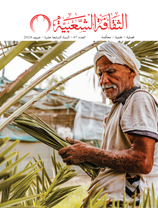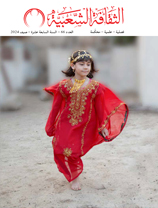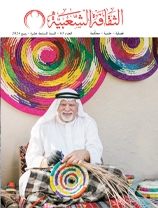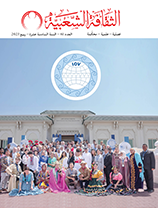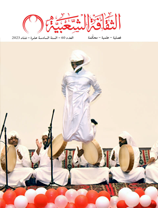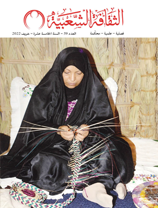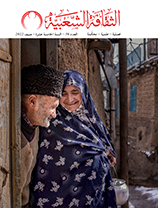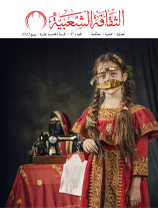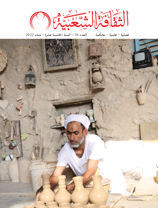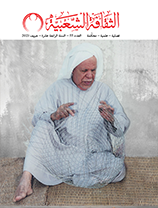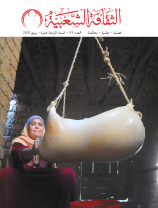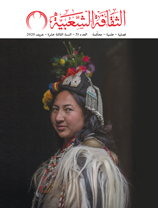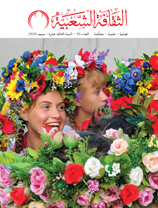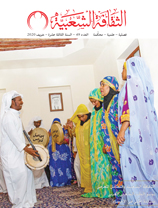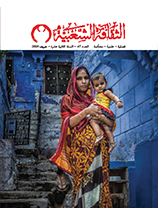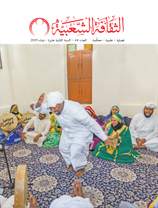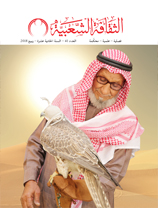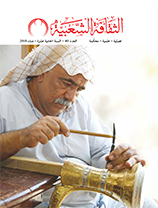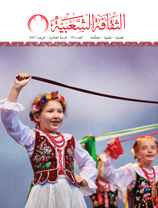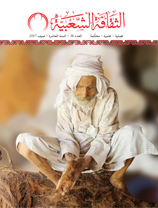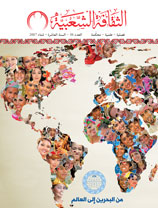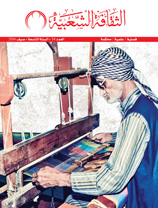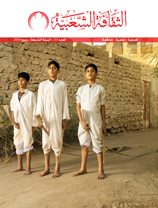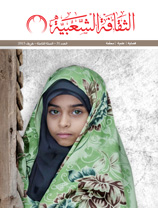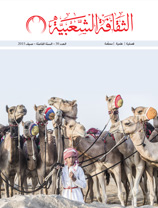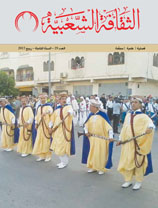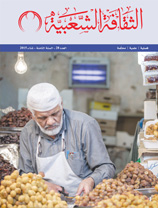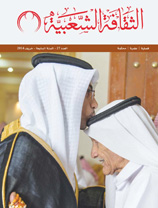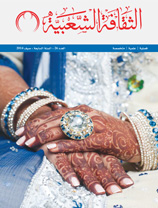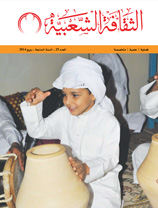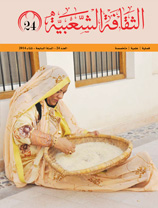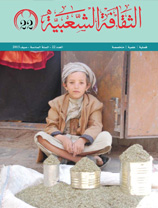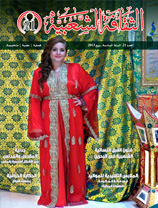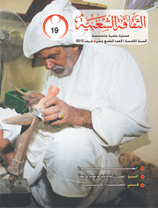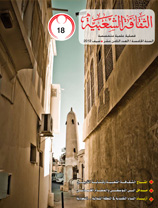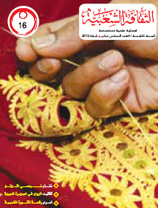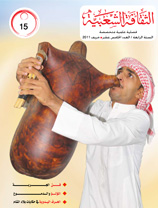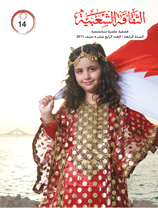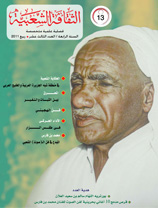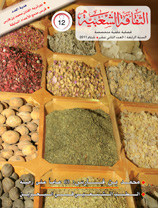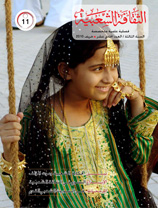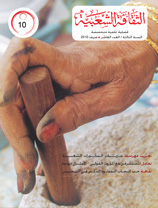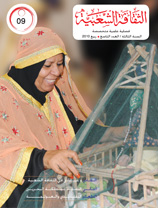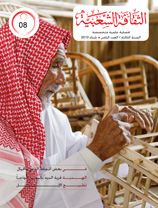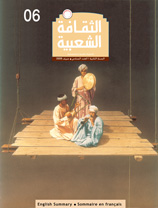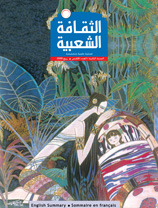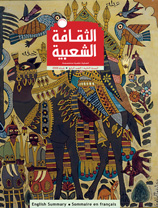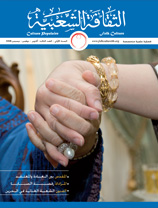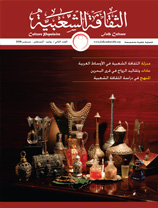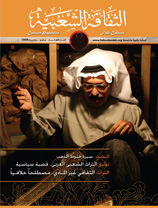The art of tattooing…A psychoanthropological approach
Issue 3
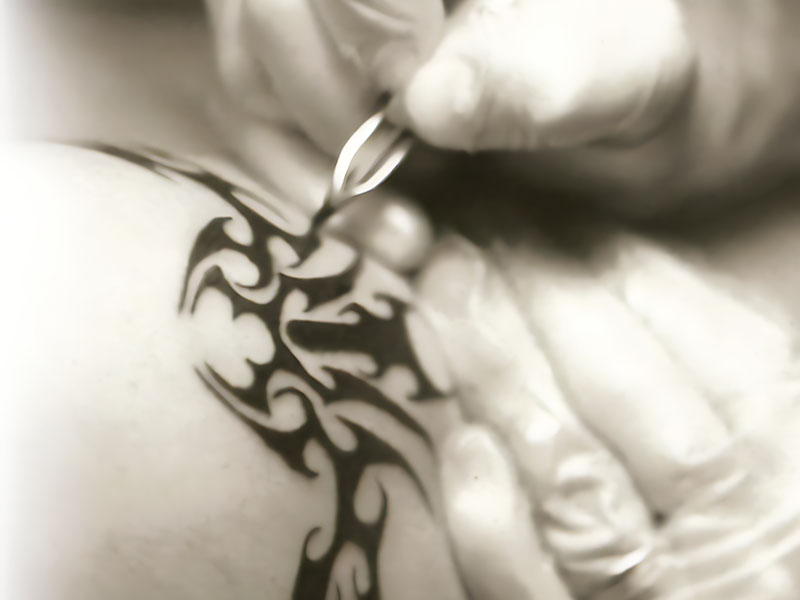
Dr. Barakat Mohammad Murad - Egypt
This research sheds light on the tattooing art as an old folklore that had been practiced by various human communities along the human history. Nowadays, however, tattooing is commonly practiced since tattoos serve as treatments, decorations and marks of pride. Tattoos are also used as amulets and talismans against being envied, and as protection against neurological and psychiatric diseases. It is common that mothers may put tattoos on their children faces or other visible body organs. When it comes to men, tattoos are symbols of power, bravery and pride. So, tattoos have served as cosmetics for both men and women, amulets, talismans against being envied, and protection against neurological and psychiatric diseases. Tattooing has been a very old practice, since spiritual devotion to animals prevailed along with fearing natural phenomena like waves, wind, rains and thunder. However, people are still being affected by this human heritage, even after the modern development of the human community. Primitive religions have been vanished, and humans have had a thorough knowledge of the one god. Also, they have made great leaps towards civilization and development represented in agriculture, crafts, industry, establishing modern architecture, stability at homes and controlling, for a great extent, the natural phenomena. Despite this development on the human civilization, modern people are still inheriting the old legacy of customs, traditions and fearing the unknown secrets and dangers of nature. Tattooing has served as decoration and treatment. Some Latin American and African tribes believe in tattoos as a means of achieving physical balance that directs towards good or evil, and as protection against illnesses and devils that cause pains to a human being. The ancient Arabs in the Arabian Peninsula and Levant used to put tattoos on a patient's face and head when attacked by headache, and on the back and upper and lower limbs on having pains in backbone and joints respectively. This habit is still practiced in some rural and Bedouin areas in Iraq, where a (folk-medicine) specialist puts tattoos on the pain centers on a patient's body. This process is locally called "Dakkah". The same process, but in a different name, is also practiced in Upper Egypt and some desert areas in North Africa. Nowadays, however, tattooing by using henna is a very common practice among Arab women and girls in most Arabian countries, especially in marriage ceremonies. Poor women use tattooing as a cosmetic makeup. Some Islamic scholars gave legal opinions that inhibit tattooing considering such a process as a means of deforming the human physical form shaped and created by Allah. Tattooing has undergone technical development and now is done by using laser techniques by which more than 3000 pigment particles engulf an area of skin in one minute. Manually, as practiced in the past, the same area of a skin was only engulfed by 5 to 10 pigment particles. Tattooing developed not only in techniques but also in the designs. There is a great variety in both tattoos' designs and colors. In the past, tattoos' designs were simple i.e. lion, dragon, or adder shapes, but now, one can choose between tattooing Picasso's works, Salvador Dali's or Botticelli's. Among the classes which increasingly use tattooing are sailors, prisoners, delinquents and gypsies. Complete removal of laser tattoos may not be possible. Also, tattooing carries health risks including serious viral infections i.e. hepatitis, HIV (AIDS) and/or bacterial infections. The most serious risk is melanoma (skin cancer).





